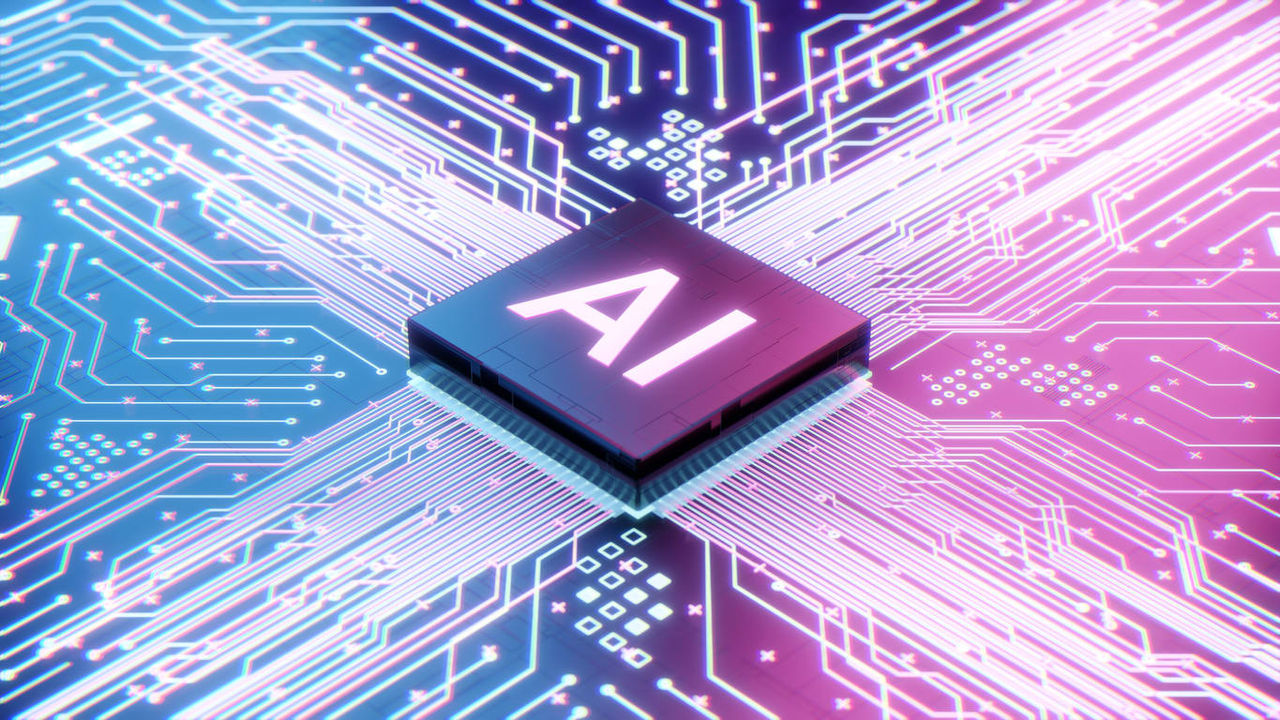Employee benefits are vital to workers' health and financial security, so why do so many employees wait until the last hours of open enrollment to crack open their benefit brochures and then march into HR and declare, "Just tell me what I should do"?
"Benefits are complicated and getting more so," explained Karl Ahlrichs, SHRM-SCP, a consultant at Gregory & Appel in Indianapolis, during a concurrent session at the SHRM 2017 Annual Conference & Exposition.
Many people don't like complexity. They know benefits enrollment is important, but the fear of making the wrong decision can create a kind of paralysis, he explained. The inevitability of getting sick or having to live off what's been saved for retirement should be a strong motivator, but too many employees prefer the coping mechanism of "out of sight, out of mind."
"Communications have to fit your audience," Ahlrichs said. "Make sure you're speaking their language," figuratively speaking, but with today's diverse workforce, often literally as well.
Open enrollment presentations notoriously over-rely on PowerPoint presentations, he noted, but "the best meetings are held when you turn the projector off." That's because explaining detail upon detail makes many employees' eyes glaze over.
"Start with the take-aways—what's in it for them," he advised. "Here's how a health savings account can help you save money for future health care needs. But if you [currently] have a major illness, the high-deductible plan will cost you this much out of pocket." Once you have their interest, the details can be sketched in.
To streamline your message:
- Avoid noninformation that's factually accurate but of little value to someone who isn't a benefits wonk.
- Appeal to employees' logic ("Here's what is changing for you") and their emotions ("Here's how it will benefit you").
- Provide timelines and a clearly designed side-by-side comparison of different options.
- Consider branding individual campaigns for recognition.
Listen to employees' concerns and build trust to overcome common suspicions that any changes being made are at their expense. "The best thing you can do to build a relationship with employees of any generation is to listen to them," Ahlrichs said.
[SHRM members-only toolkit: Communicating with Employees About Health Care Benefits Under the Affordable Care Act]
Media and Messaging
Younger workers, in particular, are YouTube watchers, so reach out to them using the technology that they're comfortable with.
"Take a look at gaming and make benefit communications entertaining," he advised. He also recommended that:
- E-mails should be graphically appealing, not just blocks of text. Go further by optimizing messages for mobile platforms such as smartphones and tablets. Consider texting. Send postcards announcing open enrollment or heralding benefit changes.
- Put information on your organization's intranet, but make it visually attractive, easy to navigate and lively. "Too often, the company intranet is where ideas go to die," Ahlrichs warned.
- For electronic communications, use data analytics to track if they're being read and if embedded hyperlinks are being clicked. If these messages are being ignored by employees or certain demographic subgroups, adjust accordingly.
Strive for consistency in the message but variety in format, Ahlrichs advised. And then repeat, repeat, repeat. "When you think you're overcommunicating, you probably have it about right."
An organization run by AI is not a futuristic concept. Such technology is already a part of many workplaces and will continue to shape the labor market and HR. Here's how employers and employees can successfully manage generative AI and other AI-powered systems.
